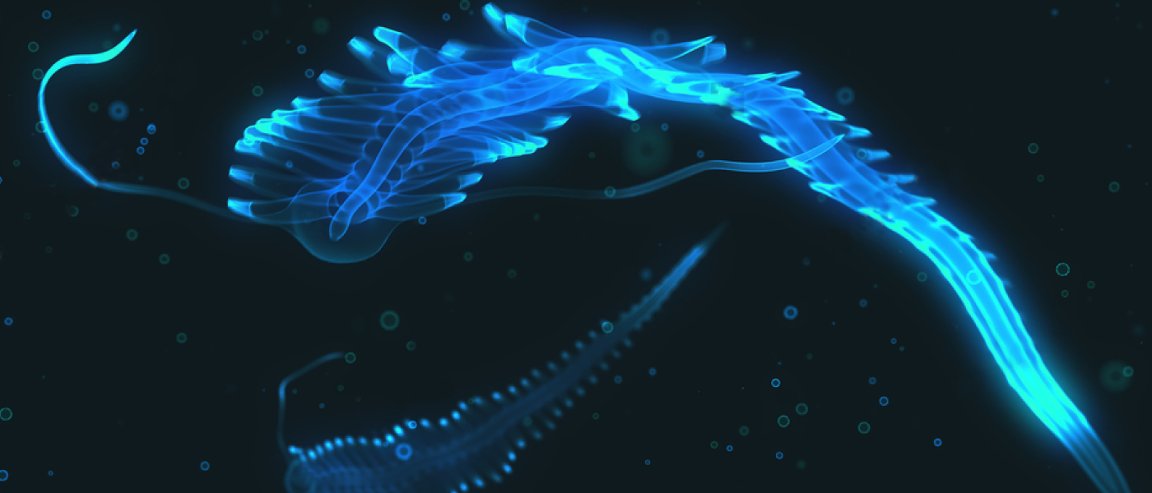
Glow Little Glow Worm
Most are familiar with at least the most basic concept in genetics: inheritance. If both of your biological parents have brown hair, then there’s a pretty good chance that you will have brown hair, too. If a parent and a grandparent and an aunt all have a specific genetically-linked disease, your risk might be increased. To a degree, our lineage dictates how our genes are expressed, how we look, age, and live. However, a recent study from researchers at the European Molecular Biology Organisation (EMBO) in Spain has shown that epigenetic memory can be passed down through an incredible 14 generations. A gene that allowed a certain species of genetically modified roundworms to glow was passed down through 14 generations. That would be your great great great great great great — well, you get the idea.

These researchers genetically modified nematode worms to carry a transgene that would allow them to glow under ultraviolet light. By changing temperatures, they found that these fluorescent capabilities were much more active when the worms were warm. However, when moved from a stay in the sun to a cooler environment, the worms retained their bright glow. This suggested an “environmental memory” of their previous conditions. Incredibly — despite fluctuating temperatures through 14 generations of offspring — the worms seem to have retained this ability.
This research demonstrates not just the incredible capacity of epigenetic memory, but also the impact that environment can have on us. While DNA provides instructions for bodies throughout our lives, our environment can also have a serious and lasting impact.
The Future of DNA Memories
This research is, technically speaking, really cool. We’ve seen 14 generations of worms continue to glow, a genetic memory never before witnessed. But, this development is more than neat: it could help us to better understand how genes are passed down and affected by the environment across all species — humans included. One example is how recent research in human genetics has allowed us to better predict risk for Alzheimer’s disease. Researchers at Tel Aviv University took the pursuit of epigenetic memory understanding even further with their latest research: they’re hot on the trail of pinpointing the mechanism that allows environmental influences to transfer from generation to generation.
As our understanding of epigenetic memory advances and we come to better understand how traits are passed on, it could have major implications for human and animal health. Genetically-linked diseases continue to take countless lives each year, and the more that we understand how we pass such diseases to the next generation, the better we can prevent and treat them. From the color of our eyes to our ability to glow (unfortunately, we don’t have that — yet), we are shaped by our ancestors, our DNA, and our environment. And the better that we understand how all those things interact, the better off we’ll be.